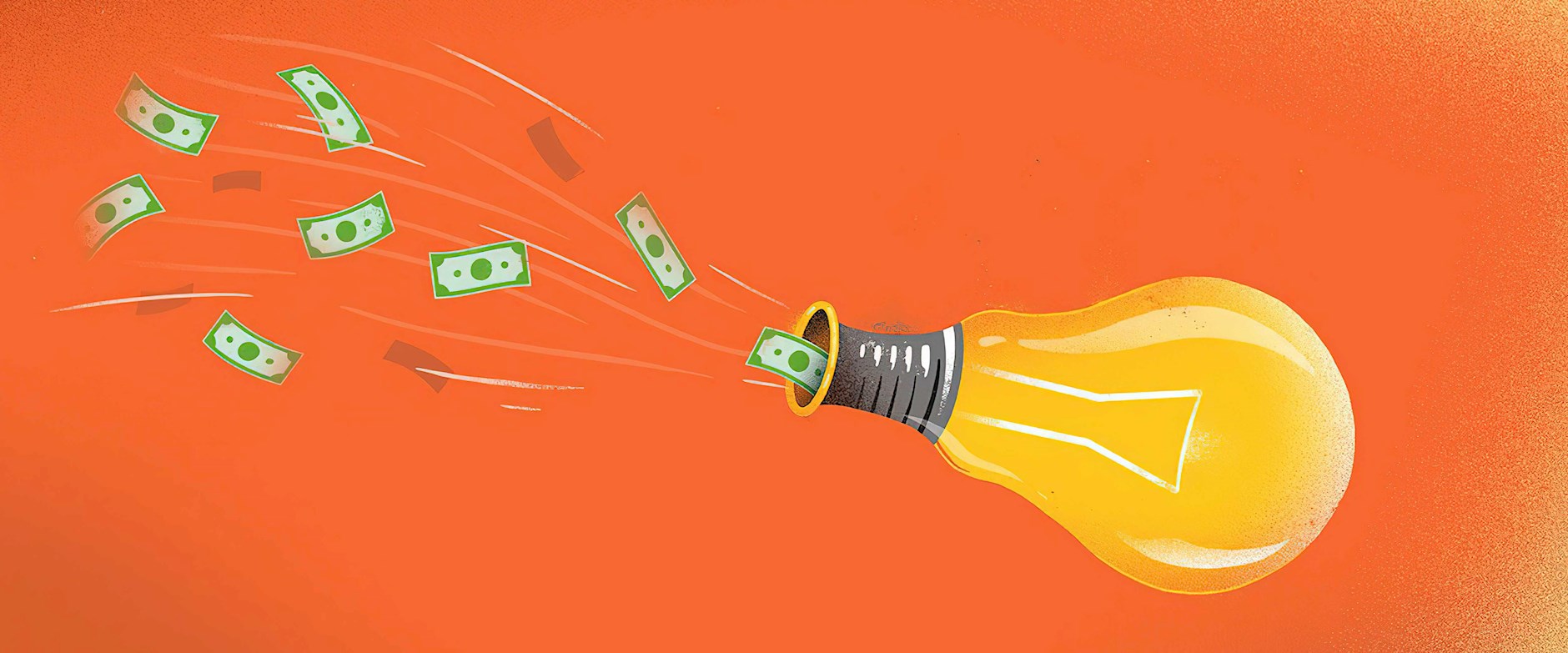While innovation is crucial in business, it’s expensive. Companies must continually update offerings and introduce new product lines to stay competitive, but researching, developing, and introducing these products often requires large initial investments and cash outlays, the fruits of which are reaped only years later.
When borrowing sources constrict, as they did during the Great Recession, the rate of radical new-product innovation tends to decline significantly among credit-constrained businesses, particularly smaller and younger ones, according to Chicago Booth’s João Granja and Northwestern’s Sara Moreira. Their findings could provide a glimpse of possible innovation patterns in the wake of the COVID-19 pandemic.
The researchers make a distinction between two types of innovation: radical and incremental. Radical innovation is outside the scope of a business’s current operations, such as a new product in an entirely new line. By contrast, incremental innovation is a new product offering within a product category that the company already offers.
Radical new products are more disruptive and account, on average, for a larger share of a company’s future sales. They are also less likely to cannibalize the company’s existing products and tend to be associated with larger productivity gains. But radical innovation costs a lot more, as it requires greater investment in areas such as knowledge acquisition, product development, machinery, and inventories.
Granja and Moreira looked at what happened during the Great Recession, when US small-business lending dropped by half. To see how restricted credit access affected innovation, they started with product-introduction data from the Nielsen Datasets at Booth’s Kilts Center for Marketing. They merged these with loan-market data from Thomson Reuters and small-business lending data, to track how access to credit affected new product offerings.
The pullback in bank lending accounted for as much as 40 percent of the decline in the rate of radical innovation by credit-constrained businesses between 2007 and 2010, the researchers find. Moreover, when credit-constrained companies introduced new products during the crisis period, these products were less likely to embody never-before-seen product attributes. Companies with credit constraints “are more likely to take precautions and avoid going all in on a brand-new product,” Granja says.

